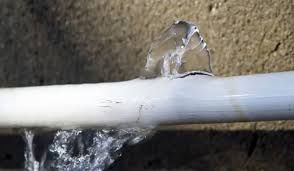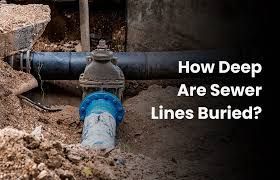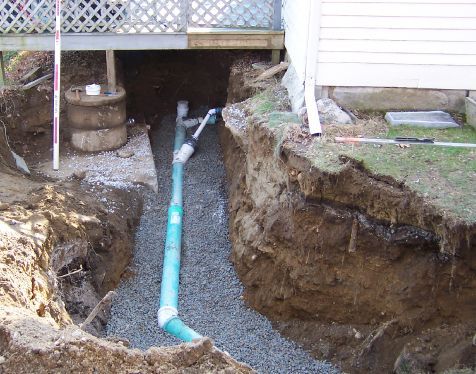How to Detect Hidden Water Leaks in Your Home
Water leaks can be deceptive. While some leaks are obvious—like a dripping faucet or a puddle under the sink—others lurk behind walls, beneath floors, or even underground. Left undetected, hidden leaks can cause extensive water damage, structural issues, and even mold growth. Worse yet, they can inflate your water bills significantly.
Identifying a hidden leak early can save you thousands of dollars in repairs and prevent health hazards caused by mold and mildew. This guide will walk you through the process of detecting hidden water leaks in your home, the risks involved, expert recommendations, and preventive measures to keep your home safe and dry.
"How to Choose a Reliable Sewer Line Replacement Service"
1. Common Signs of Hidden Water Leaks
Even if you can’t see water leaking, your home may be showing signs of a hidden problem. Here are some common indicators that you may have an undetected water leak:
Unexpected Increase in Water Bills: If your water bill has spiked without any changes in usage, a hidden leak could be the culprit.
Mold and Mildew Growth: Excess moisture creates the perfect breeding ground for mold, particularly in areas like basements, attics, and under sinks.
Musty Odors: Persistent damp smells in specific areas may indicate water accumulation.
Discoloration on Walls and Ceilings: Brown or yellow stains often signal water damage from leaks behind walls or above ceilings.
Peeling or Warped Paint and Wallpaper: Moisture weakens adhesives, causing bubbles or peeling.
Damp or Warped Flooring: Unexplained warping of hardwood floors or soft spots in carpeting could indicate moisture underneath.
Low Water Pressure: If your water pressure has dropped suddenly, there could be a leak in the plumbing.
Sounds of Running Water: Hearing water trickling or dripping when no taps are on is a red flag.
2. How to Detect Hidden Water Leaks
Detecting a hidden water leak requires a mix of observation, simple DIY tests, and in some cases, professional tools. Here’s how you can find out if your home has a leak:
a. The Water Meter Test
One of the simplest ways to check for a hidden leak is by using your water meter:
Turn off all faucets, appliances, and irrigation systems.
Locate your water meter, usually found outside near the curb or in a basement.
Record the meter reading and wait for 30 minutes to an hour without using any water.
Check the meter again—if the reading has changed, you likely have a leak.
b. Check Your Toilets
Toilets are a common source of hidden leaks. Add a few drops of food coloring into the toilet tank and wait 15 minutes. If the color appears in the bowl without flushing, there’s a leak in the flapper valve.
c. Inspect Walls, Floors, and Ceilings
Gently press on walls and floors where you suspect moisture. Soft spots or discoloration can indicate hidden leaks.
d. Use a Moisture Meter
A moisture meter can help detect excessive moisture behind walls, making it easier to pinpoint hidden leaks.
e. Thermal Imaging Cameras
Infrared cameras can detect temperature differences caused by water leaks. Professionals often use these tools to locate leaks behind walls and floors.
3. Potential Risks of Ignoring a Hidden Leak
Ignoring a hidden water leak can have severe consequences:
Structural Damage: Prolonged exposure to moisture can weaken wood, drywall, and concrete, leading to expensive repairs.
Mold and Mildew Growth: Mold can spread rapidly, posing serious health risks, especially for those with respiratory issues.
Higher Water Bills: Even a slow leak can waste hundreds of gallons of water per month.
Electrical Hazards: Water leaks near electrical wiring increase the risk of short circuits and fires.
Damage to Personal Belongings: Leaks can ruin furniture, carpets, and other valuables.
4. Expert Recommendations for Fixing a Hidden Leak
Once you’ve identified a leak, it’s crucial to take action quickly. Here’s what experts recommend:
Shut Off the Water: If the leak is severe, turn off the main water supply to prevent further damage.
Seal Minor Leaks Temporarily: Use waterproof tape or epoxy to temporarily seal small pipe leaks until a plumber can repair them properly.
Replace Worn-Out Plumbing Fixtures: If your faucet, toilet, or pipes are old and worn out, replacing them can prevent future leaks.
Call a Professional for Major Leaks: If you suspect a leak behind walls, in the foundation, or underground, it’s best to call a licensed plumber.
5. Preventive Measures to Avoid Future Water Leaks
Prevention is key when it comes to water leaks. Here’s how you can protect your home:
Regularly Inspect Your Plumbing: Check pipes, faucets, and appliances for signs of wear and tear.
Monitor Your Water Bill: Sudden increases can signal a hidden leak.
Install a Leak Detection System: Smart leak detectors can alert you to leaks before they cause damage.
Keep Gutters and Downspouts Clean: Blocked gutters can cause water to seep into walls and foundations.
Winterize Your Pipes: In cold climates, insulate pipes to prevent freezing and bursting.
Conclusion: Stay One Step Ahead of Water Leaks
Hidden water leaks can be costly and damaging if left untreated, but with vigilance and proper maintenance, you can catch leaks early and prevent major issues. Whether through DIY tests, professional tools, or regular plumbing inspections, staying proactive can save you from costly repairs and preserve your home’s structural integrity.
If you suspect a hidden leak but can’t find the source, don’t hesitate to call a professional plumber. A small investment in leak detection today can save you from a major financial headache in the future. Stay dry, stay safe, and keep your home leak-free!
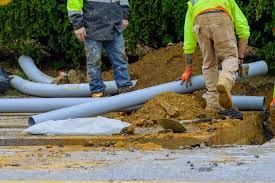
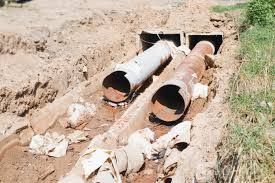
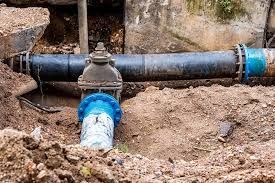

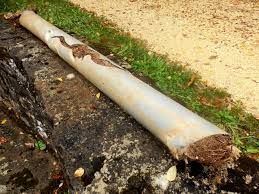
CONTACT INFORMATION
Office:
855-266-7682
Email:
service@AllCityPlumbers.com
Address: 6694 Oak Ridge Commerce Way, Austell, GA 30168
Business Hours:
Mon - Sun 24 Hours
OUR SERVICES
© 2022 All Rights Reserved|All City Plumbers Privacy Policy | Terms & Conditions | Sitemap

